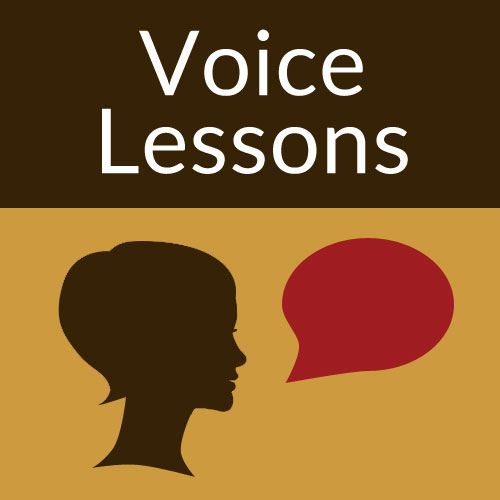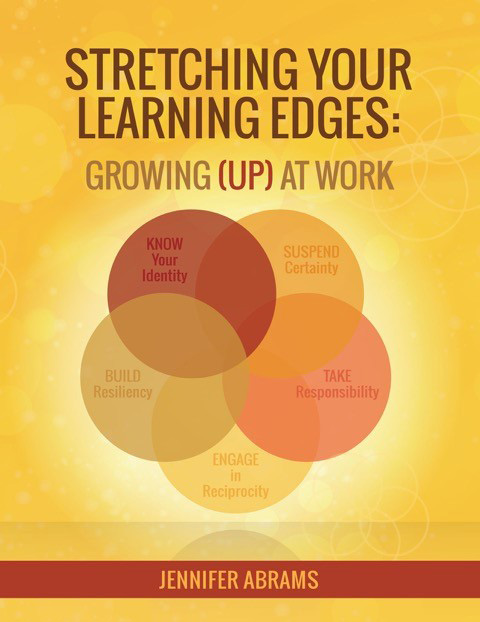Get Out
February 1, 2017

In 1985 I sat in the convocation audience as an incoming freshman at Tufts University. Jean Mayer was the president. He made us welcome. He encouraged us to study and to learn from one another. Then he told us to get out.
Of French origin, Mayer had fought in WWII, and as a scientist he had worked at the WHO and with UNICEF. He wanted those in his charge as students at Tufts to see they were global citizens with a responsibility to do good worldwide.
According to the US Dept. of State, 131,841,062 valid passports were in circulation in the USA in 2016. If there are 324,000,000 US citizens, around 40% of the US population has a valid passport. 60% do not. I know folks who don’t leave their state or their region. A few years ago I worked with a teacher who went to high school at the school at which he was now teaching. He had gone to college and gotten his credential within 20 miles of that school. He was now assigned to teach World History and Contemporary World. Gulp.
Most of the nurses that attend my workshops at Stanford Hospital were born in other countries. They negotiate daily the cultural differences of living and working in the USA. Those in their care might or might not have been abroad – but folks, it is a big world out there and we need to see it and be in it.
When colleagues of mine in New Mexico order something online and they are told that that the company ‘doesn’t ship abroad,’ we have a big problem.
We need to start field trips early and commit to ‘getting out.’ Out of our schools to see what others are doing. Out of our regions to see how things happen elsewhere. Out of our countries to see how we are all connected.
I am all for looking inward. One of the quotes on my wall from Henry Miller says, “Voyages are accomplished inwardly, and the most hazardous ones, needless to say, are made without moving from the spot.” And I also know “few among men are they who cross over to the further shore. The others merely run up and down the bank on this side.” (The Dhammapada)
We need to actually get out. And get over to the other side.
P.S. If you can’t ‘get out’ at the moment and are interested in being more culturally savvy, check out these books.
The Culture Map by Erin Meyer
Global Dexterity by Andy Molinsky
Cultural Intelligence by Julia Middleton
Cool Resources
Why Won’t You Apologize? Healing Big Betrayals and Everyday Hurts “Dr. Harriet Lerner has been studying apologies—and why some people won’t give them—for more than two decades. Now she offers compelling stories and solid theory that bring home how much the simple apology matters and what is required for healing when the hurt we’ve inflicted (or received) is far from simple. Readers will learn how to craft a deeply meaningful “I’m sorry” and avoid apologies that only deepen the original injury.”
Getting ‘gen savvy’ with our more seasoned friends and colleagues…Power of Purposeful Aging Study from the Milken Institute Center for the Future of Aging. “With people living longer than ever and the world’s older population expanding at an unprecedented rate, the Milken Institute Center for the Future of Aging convened the Purposeful Aging Summit in Los Angeles in 2016. Thought leaders from public policy, business, academia, philanthropy, and media gathered to discuss re-framing perceptions of aging in the 21st century. The participants acknowledged the importance of overcoming deeply ingrained bias, and the need to shed light on the compelling but little-understood benefits of purposeful aging. They recognized the upside of changing the culture of aging for individuals old and young. This report summarizes the themes, findings, and vision of the Purposeful Aging Summit.”
And because we should be ‘gen savvy’ from older to younger…What is Generation Z And What Does It Want? From the article: “While generational research is an inherently messy process — older generations study “the kids” to figure them out — much of the recent research is awash in normative preconceptions, biases, and stereotypes. Gen Z deserves a fairer shake, and the rest of us need a more nuanced conversation: This group makes up a quarter of the U.S. population and by 2020 will account for 40% of all consumers.”

